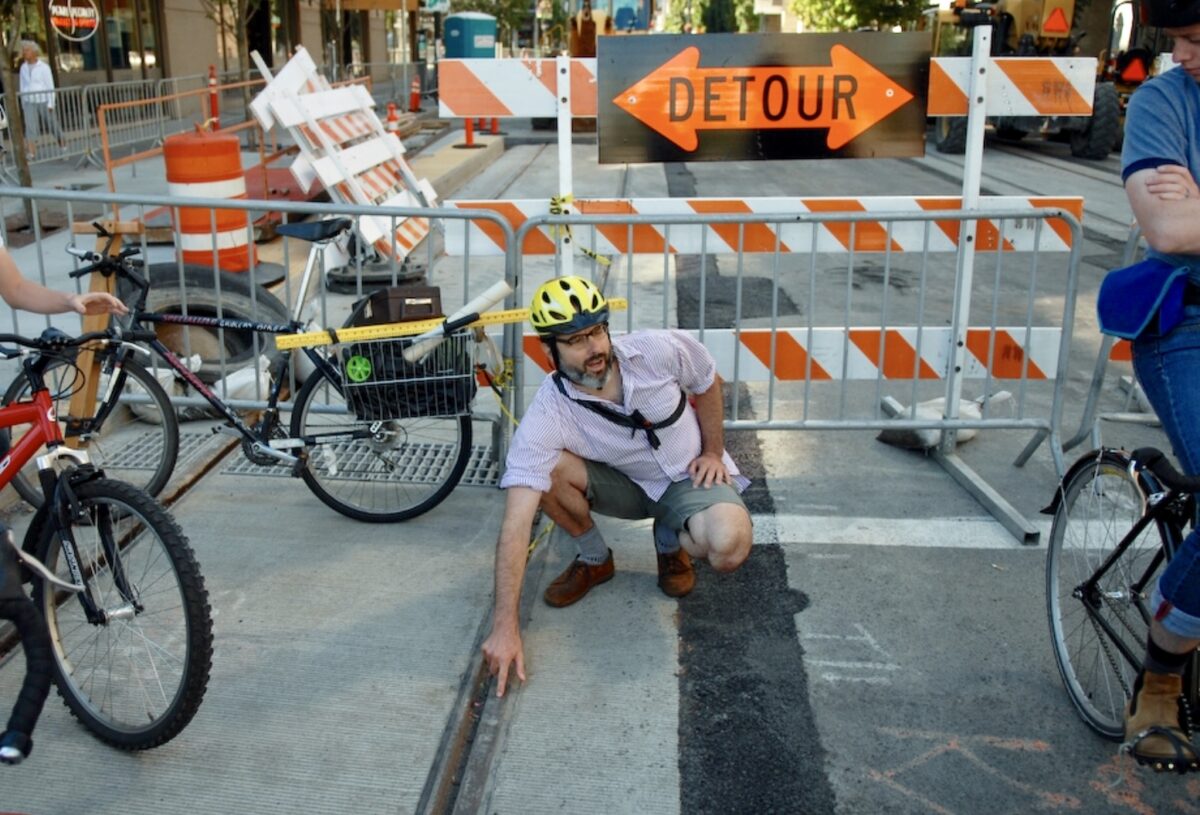
(Photo: Jonathan Maus/BikePortland)
“Who’s running Portland right now? You. Pick a problem that really matters to you. Seek organizations addressing it and give them anything you’ve got: time, money, intellect, energy, even tweets. But don’t sit this out. You must engage.”
That’s what Portland activist and former city council candidate Sarah Iannarone posted Wednesday in response to a Willamette Week cover story on Mayor Ted Wheeler’s first two years in office.
How can you “engage” in transportation advocacy? You’re in the right place, since one of our missions here at BikePortland is to get you inspired and informed enough to have a valuable role in local policy and project decisions. But you need tools. Our activism editors Catie Gould and Emily Guise of BikeLoudPDX have put together a list tools they use to sharpen their activism skills.
Take it away Catie and Emily….
For every person who considers themselves a transportation advocate, there are ten more who are interested in learning more but don’t know where to start. Below you’ll find some of the best tips and resources we’ve come across or learned in our advocacy work:
Research
Do you live on a high crash corridor? How many people have been injured at a particular intersection? The City of Portland’s Vision Zero Crash Map is the first place I look to. Clicking incidents on the map, I can find the date and location an injury or fatality occurred, which helps me find related news reports on Google. BikePortland also maintains an updated fatality tracker with links to official Portland Police Bureau statements. The news doesn’t cover all of these incidents, and many people in your neighborhood might not know the extent of the injuries and/or deaths happening in their own community. Talking about it with your neighbors can help build momentum for change. Major road changes need strong community support.
Know what’s coming
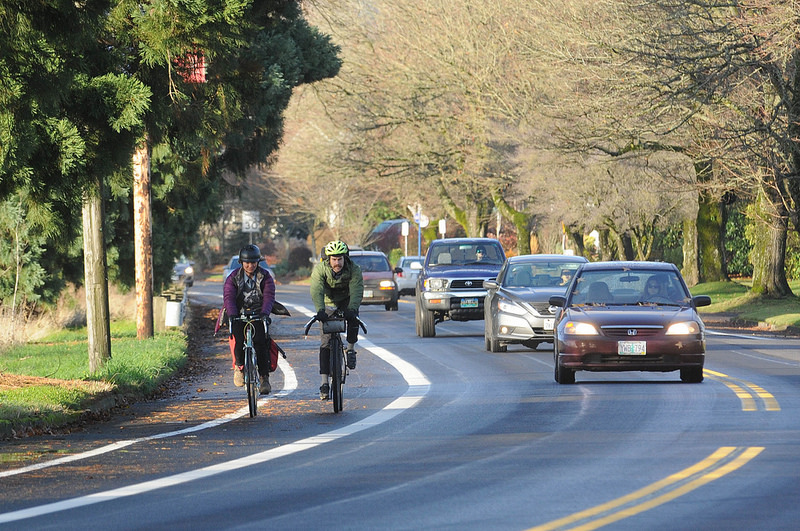
(Photo: Jonathan Maus/BikePortland)
When streets are repaved, the lines will need to be redrawn anyway, so it could be an opportunity to implement better facilities. Sometimes just knowing what’s coming (or what’s been proposed in the past), is half the battle.
For example, one year ago, advocates and neighbors on Willamette Blvd saw the street slated for a repaving project and seized the opportunity to push for a restripe of the street that added safer and wider bike lanes. This was a cost-effective upgrade to the street, which had identified the need for better bike facilities in 2011.
As far as resources to find where the restriping opportunities are in your neighborhood, unfortunately there’s no single website where you can find all the scheduled projects. However, there are two maps that we find helpful. The City of Portland’s Get Portland Moving map shows upcoming repaving projects. And their Fixing our Streets map includes (already funded) repaving projects, crossing improvements, and road repairs.
PBOT’s Projects in the Pipeline website is another good resource. Keep in mind that it’s not an exhaustive list, and most of the projects listed there are already baked and might not have the great potential for change. To see projects previously vetted and prioritized by PBOT, we like to check the 2030 Bicycle Plan and the Transportation System Plan. The TSP is also where we find road classifications, which often dictate what type of bikeway is possible on a given type of street.
Advertisement
Manuals, standards, and guides
Transportation standards are important to know if you want to argue with a city engineer that, actually, a four-foot bike lane is not standards-compliant and it should be wider. It’s much more likely transportation officials will take your proposal seriously if it can be backed up with industry standards in the same manuals they lean on to make decisions.
The biggest (by heft and importance) guide is the Manual on Uniform Traffic Control Devices (MUTCD) from the Federal Highway Administration (FHWA). You can download this behemoth as a PDF here. This is the main standards guide for the vast majority of the country and although it doesn’t have much to say about active transportation, and it’s often mocked by more progressive urbanists as a relic of a bygone era, it’s still a required resource.
My personal favorites are the guides published by the National Association of City Transportation Officials (NACTO) (pictured above). With their gorgeous graphic design and focus on active transportation and transit, these are coffee table books for transportation nerds that are also extremely informative and useful. Pro tip: sign up for the publisher’s email list to be notified of sales (I was able to get 50% off!). The Multnomah County Library also has copies available to check out.
For a guide with a less official status, the free Tactical Urbanism Guide to Materials and Design is aimed at those looking for ideas to temporarily redesign streets, like what Better Block PDX did on 3rd Ave and Better Naito. This is a very handy guide for putting in temporary designs to test infrastructure ideas and demonstrate that they’re not so scary, after all.
One last guidebook worth knowing about is PBOT’s new Protected Bicycle Lane Design Guide. Jonathan wrote about the draft version when it came out back in June. Unfortunately it appears PBOT has taken it off the web. Perhaps they’re doing some major re-writes? Right now the best version we can find is via a slide presentation about it created by Portland’s Bicycle Program Manager Roger Geller.
Know your measurements

(Photo: Ted Buehler 2017)
How wide a street is can provide opportunities for reconfigurations to make travel more efficient and safe. You can generally get the cross section measurement from PBOT, especially if there is an active project going on. For example, the 122nd Ave Safety Project, which recently had an open house presenting new road configuration concepts, has an Existing Conditions Report with the dimensions for the different cross-sections along the corridor.
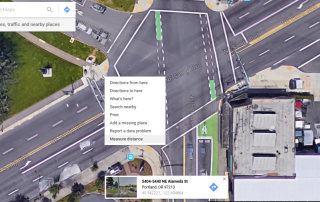
If you want to measure it yourself there are a couple decent methods. You can get a rough estimate of road widths in Google Maps using the measure function. Simply right-click anywhere on the map and select “Measure Distance”. Then make your next click the end of your measurement. You can even tweak the line to make it curve with the street to get a more accurate measurement.
Another handy tool is a measuring wheel. It records the distance traveled as you walk across the street and can be purchased for $30 or less.
Carry a tape measure with you! You never know when you’ll be riding around and encounter a bike lane or turn that feels too narrow or you are in love with a lane that is comfortable for group riding. “How wide is this anyways?” Occasionally stopping to measure things will help you connect your comfort level with dimensions. To me, reading a dimension in a report doesn’t mean much until I can relate it with a similar sized road that I am familiar with. Additionally, there are still many bike lanes around the city that were designed to older standards and are narrower than what we would build today.
Advertisement
Communicate your ideas

What’s your vision for a street in your neighborhood? Here’s how even terrible artists (like me) can make compelling visuals.
Streetmix is a free to use online tool that allows you to build your own streets. Pick your lane types and slide them across the screen to change the order. This artwork will look familiar because professional planners use it too. Images can be downloaded or linked-to via a sharable URL.
For a top-down view, my favorite way to visualize an idea is to print out a image from Google maps, then cover it with tracing paper. Trace over the major lines, and then fill in a new design. You can find drawing supplies and tracing paper for about $10 a roll at craft stores. It scans well too, so you can send your sketches over email and post them online.
Flagging issues
If you want to get a specific issue or intersection on the City’s radar and into their fully-staffed TrackIt system, there are a few ways to submit a complaint. You can go through their webform, email safe@portlandoregon.gov, or use one of the handy phone numbers below. Program these into your phone right now! (Just be careful when making calls in public so you don’t end up being mocked in a viral video.)
503-823-SAFE (7233) for general transportation safety concerns
503-823-1700 for 24-hour immediate maintenance issues like malfunctioning traffic signals, overgrown vegetation on sidewalks, street sweeping, etc.
503-865-LAMP (5267) for streetlight outages
*See PBOT’s contact page for more helpful numbers and email addresses
Posting an issue to social media by tagging @PBOTinfo“>@PBOTinfo on Twitter is also a good way to connect with the City. Having a good photo is key!
PDX Reporter is another way to connect with PBOT about your issues and concerns. Once an easy-to-use app, the City has recently downgraded it to a website. It’s not as good of a resource as it once was, but it’s still an effective way to report potholes and other issues.
We hope you find these resources helpful. Have others to share? Please let us know in the comments.
— Catie Gould, @Citizen_Cate and Emily Guise @eguise
Get inspired with more Adventures in Activism here.
Never miss a story. Sign-up for the daily BP Headlines email.
BikePortland needs your support.


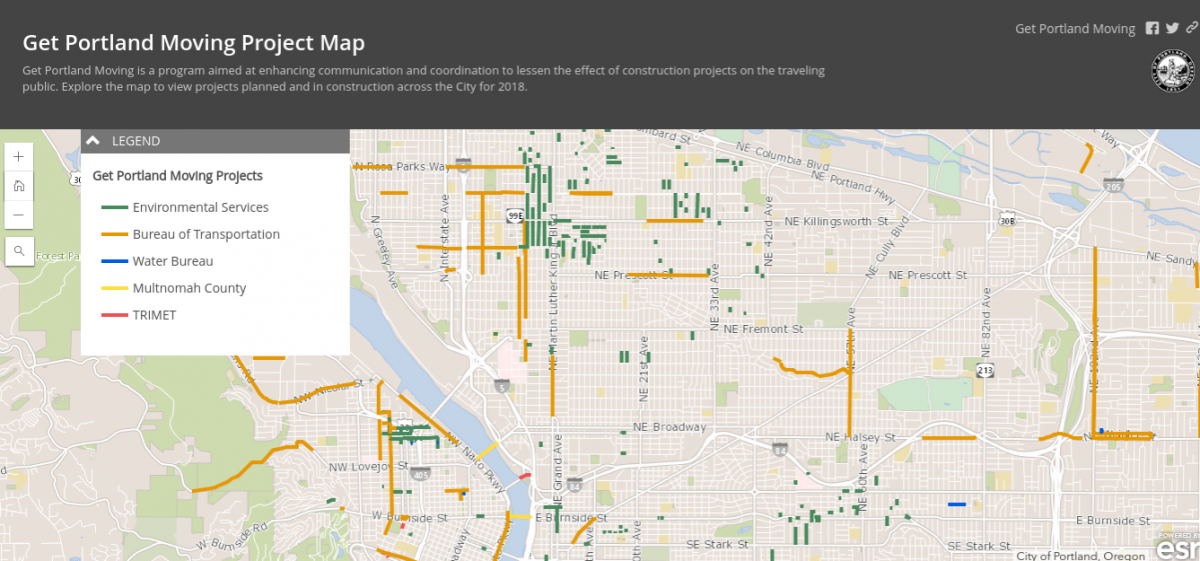
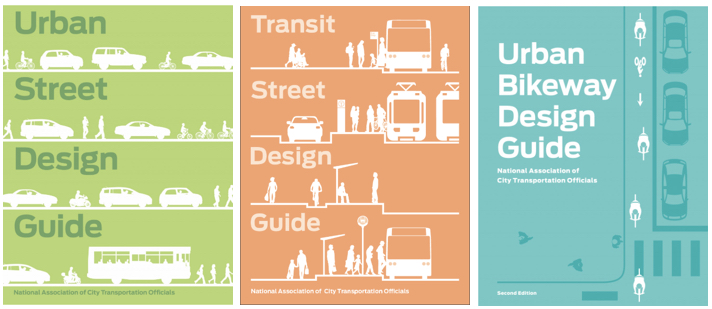
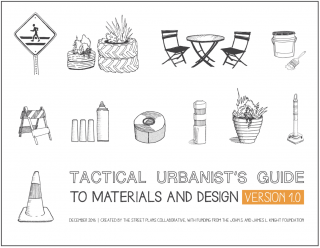

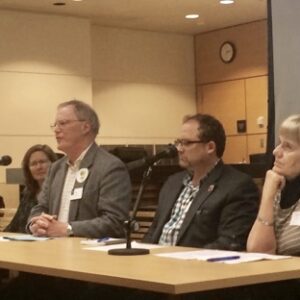


Thanks for reading.
BikePortland has served this community with independent community journalism since 2005. We rely on subscriptions from readers like you to survive. Your financial support is vital in keeping this valuable resource alive and well.
Please subscribe today to strengthen and expand our work.
I am curious what Ted’s proposed solution is about the “the dangers of rail tracks”. Maybe I am not as smart as all of you, but I have a hard time seeing how the act of measuring distance would provide solutions to this particular issue.
knowing is half the battle Shoupian. Not sure if he has a solution… But he has found by examination that for some reason Portland’s rails stick up from the pavement a 1/4 or 1/2 inch or so. That’s one reason they cause so many crashes. I’ll let Ted speak for himself, but from what I’ve heard him say he would rather they be flush with the pavement.
I definitely can’t speak to what Ted has going on in that photo but tires 2″ and wider do not have the same problems with tracks as narrow tires do. Tracks are still slippery when trying to maneuver in the wet but a wider tire won’t catch and buck you off when you ride over the track at a parallel angle.
35mm will get caught, yours just hasn’t yet.
I saw a guy on an e-scooter almost wipe out on wet streetcar tracks downtown. He was crossing at a pretty good angle, but 1st the front washed out a few inches. He recovered from that, but then the back caught the track and it stepped out by probably 18 inches or more. I don’t know how he saved it. Must’ve been the reaction times & athleticism of a young man. I would have eaten it, hard!
I see the PBOT contact info, and I am wondering if someone can remind us the options for reporting issues to ODOT, since ODOT controls many of the roads that run through Portland of course.
Have quite a few near right hooks and the same locations over and over I would like to report. I had three in a single 15 minute ride, one of which was an ODOT controlled road.
Use the form: https://highway.odot.state.or.us/cf/comments/comments.cfm or email ask.odot@odot.state.or.us
Thanks!
Thanks Phil!
If not designed correctly, rails crash people riding bicycles in two ways: (1) wheel falls in, or (2) tire slips on metal. Having the metal flush or slightly recessed below surrounding concrete (which is much better than asphalt or decorative pavers) solves (2). Recent track work has resulted in creation of problem (2) for example at badly-angled MAX tracks at SW 1st and Yamhill due to “repair” work done last winter. (My) complaints to PBOT and TriMet have been ignored. Grr and double grr. Crashes are not recorded because no motor vehicle is involved. AROW has a reporting web form for crashes on tracks at http://www.activerightofway.org/projects/streetcar-crash-reporting/.
Oh, and this is a fantastic article. Thank you Catie and Emily.
Jonathan – great article! (Even I learned about new resources!) Mahalo.
Thanks Todd. But this was all Catie and Emily! (I just did a bit of formatting and editing ;-).)
For ideal functional design, try https://www.crow.nl/publicaties/design-manual-for-bicycle-traffic-(1)
Hey Vernon, I considered including the CROW manual in the list, as IMO it has the best bicycle-friendly standards in the world, but it’s very expensive and not readily available in the US. So I put in the NACTO guides instead they’re the most progressive from a US standards point.
You’re welcome! It can be hard to find this stuff easily so we wanted to let folks know what’s out there.
Site tools similar to Streetmix:
Dutch site based upon Streetmix, but with some Dutch design elements: http://streetsketch.mobycon.nl
US site with more complicated and sophisticated tools: http://streetplan.net/
90% of advocacy is done by simply showing up, to meetings, events, rides, etc. But y’all need to do that other critical 10% of actually saying something, doing something meaningful, writing, and/or drawing. I’ve seen too many would-be advocates simply show up to a city meeting and say nothing, totally silent, and utterly useless, even from paid staff of nonprofits.
Great list, by the way.
Other useful data when you can get it:
– Traffic counts (usually of cars, but also pedestrians and bicyclists)
– LimeBike and Bird user data (routes, parking, time of use)
– ODOT is required to have a website showing mapped crashes (all states are required to have them), so if someone can find the link, please post it.
The most useful tool I’ve used is to go to a transportation “open house”, any open house, and chat up a mid-level engineer about a concern I have about a roadway or issue that has nothing to with with that particular open house. They politely listen, but more important, they’ll eventually share it with other engineers and maybe with a planner or two, people who will eventually do something about it. Chatting up planners is not as useful, as they not only tend to agree with you, but they tend to internalize what you told them and not pass it onto others who can do something about it.
Portland Street Maintenance Operations: 503-823-1700
This is answered by a live person with maybe one-step voicemail, so, be nice! It’s not their fault the bike lane is 20 inches wide, but they can do something about that sunken patch where the asphalt repair is failing.
If you see water coming out of the street on a sunny day, Portland Water Bureau repair dispatch is: 503-823-4874. It might be a leaking valve, or it might a huge hole under the street.
503-823-BUMP is for potholes.
Overgrown vegetation on sidewalks is a BDS issue (PBOT is for blocked traffic signs), nuisance form (with portlandonline account):
https://www.portlandoregon.gov/bds/index.cfm?&cfid=102171356&c=42240&cftoken=71c086c3927128dc%2DCB582B03%2D9A1C%2D222C%2DBAE1A478F4697727
You can look Biketown data at https://www.biketownpdx.com/system-data